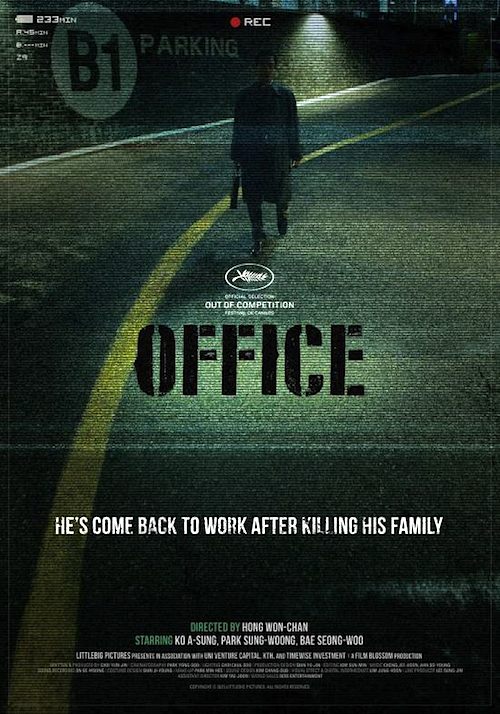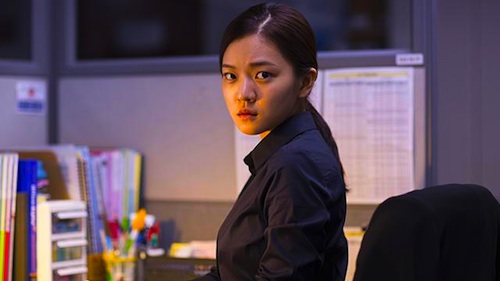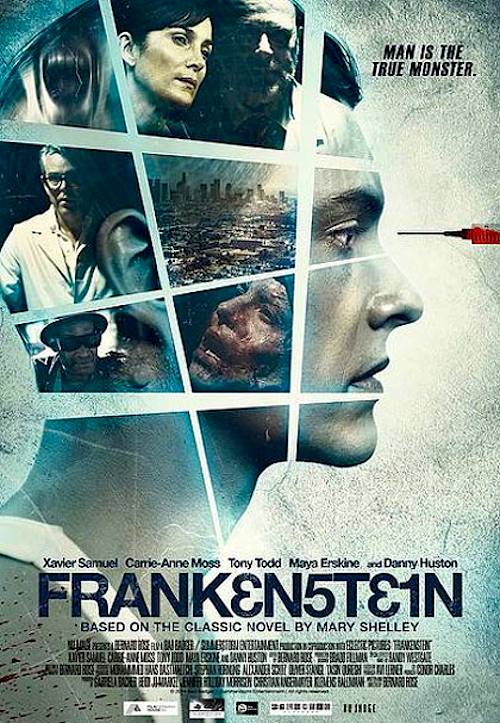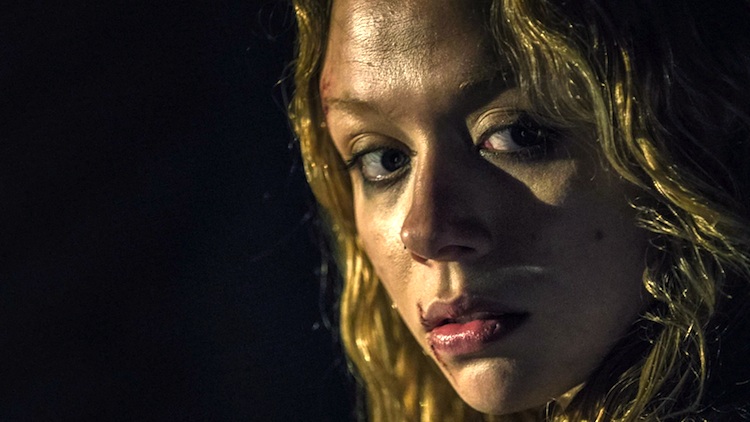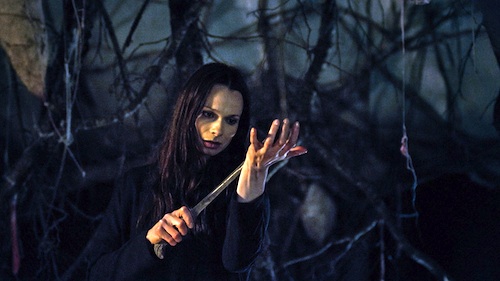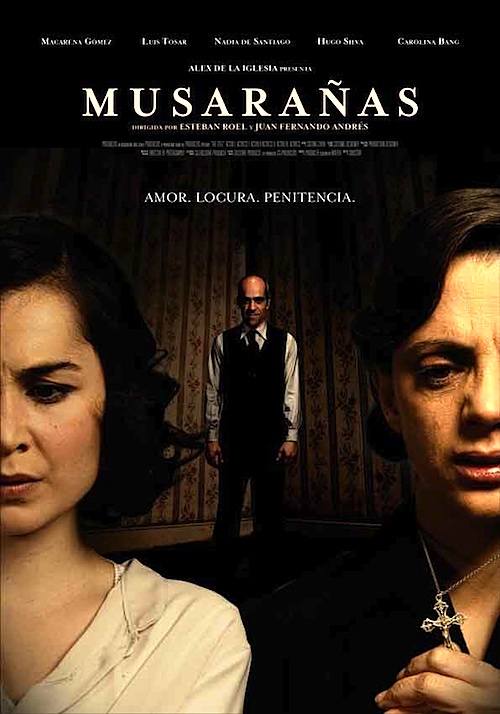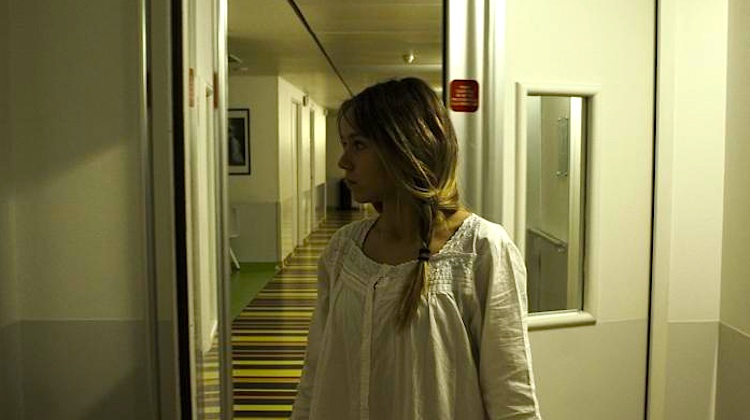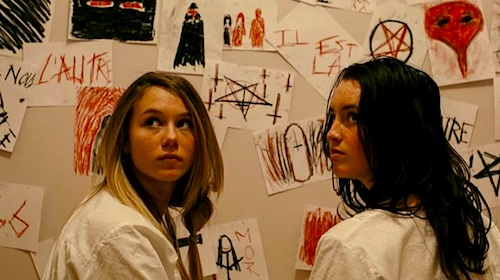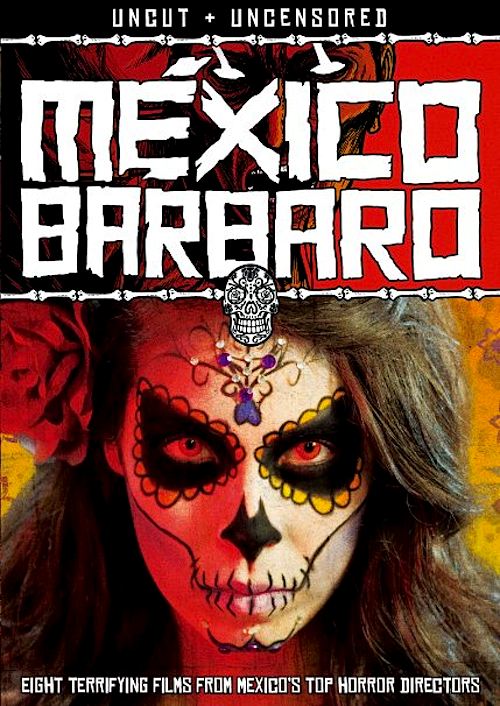 By Joe Bendel. The country that gave us the Day of the Dead, Narcoterrorism, and Lucho Libre wrestling must have some pretty strange stuff rattling around in its national subconscious. However, perhaps as a sign of violent times, most of the monsters portrayed in a new Mexican horror movie anthology are of a decidedly human variety. The muck-raking John Kenneth Turner would probably be horrified by the world depicted in the omnibus film bearing the name of his 1908 pre-revolutionary expose, but horror fans will be more troubled by the inconsistency of Mexico Barbaro, which releases today on DVD and VOD.
By Joe Bendel. The country that gave us the Day of the Dead, Narcoterrorism, and Lucho Libre wrestling must have some pretty strange stuff rattling around in its national subconscious. However, perhaps as a sign of violent times, most of the monsters portrayed in a new Mexican horror movie anthology are of a decidedly human variety. The muck-raking John Kenneth Turner would probably be horrified by the world depicted in the omnibus film bearing the name of his 1908 pre-revolutionary expose, but horror fans will be more troubled by the inconsistency of Mexico Barbaro, which releases today on DVD and VOD.
There is no effort to link the eight stories, beyond their south of the border setting, so each can easily be considered discretely. In a way, Laurette Flores Bornn’s Tzompantli is the most frustrating, because it starts with enormous promise. Speaking from the vantage point of decades gone by, a crusty old journalist remembers the story that scarred him for life. Through an informant, he uncovered information linking a drug cartel to a series of ritual murders intended to be sacrifices to the ancient Aztec gods. It is especially unnerving, because it probably more or less true to life. Unfortunately, Bornn ends it prematurely, cutting down what could easily sustain feature-length treatment into a mere sketch.
Edgar Nito’s Jaral de Berrios might be the strongest installment and also the most distinctly Mexican in flavor. A bandit and his wounded partner take refuge in a notoriously haunted villa, with predictably macabre results. It is a wildly cinematic location, beautifully shot by cinematographer Juan Pablo Ramírez.
Aaron Soto’s Drain is possibly the most defiantly insane installment. Whether it is a story of supernatural terror or psychotic madness is anyone’s guess, but the takeaway is clear: if you find a suspicious looking joint near a dead body, don’t smoke it.
Isaac Ezban is one of the two marquee names attached to Barbaro, but his That Precious Thing is likely to be the most divisive constituent film. Frankly, the things that befall the young woman and her older, morally suspect lover are absolutely appalling, but the wildly grotesque creature effects almost turn it into a gross-out cartoon. This one is not for the faint of heart or easily offended.
Lex Ortega’s It’s What’s Inside That Matters is probably even more disturbing, but it offers no black humor the soften the blow. Frankly, it is way, way too gory, considering the victim in question is a young child.
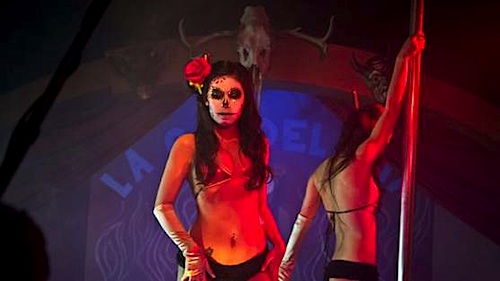
Jorge Michel Grau’s Dolls is also rather tough stuff, but at least the We Are What We Are helmer executes it with some style. Still, it is not exactly what you would call a fun film. Next, Ulises Guzman reconnects with folkloric subject matter in Seven Times Seven, but despite the short format, his narrative still manages to get confused and murky.
At least Barbaro ends on a high note with Gigi Saul Guerrero’s Day of the Dead. In a strip club that will remind some viewers of the establishment in From Dusk Till Dawn, Guerrero manages to pull off a nifty spot of misdirection. In this case, the resulting carnage is rather satisfying.
There are some good segments in Barbaro, but also some real ugliness. It is the kind of film that the fast-forward button can help make more palatable. The contributions of Nito and Guerrero are definitely worth seeing separately if the opportunity arises, but the whole ball of wax is only recommended for hardcore horror fans when Mexico Barbaro releases today on DVD, from Dark Sky Films.
LFM GRADE: C+
Posted on November 3rd, 2015 at 6:44pm.
